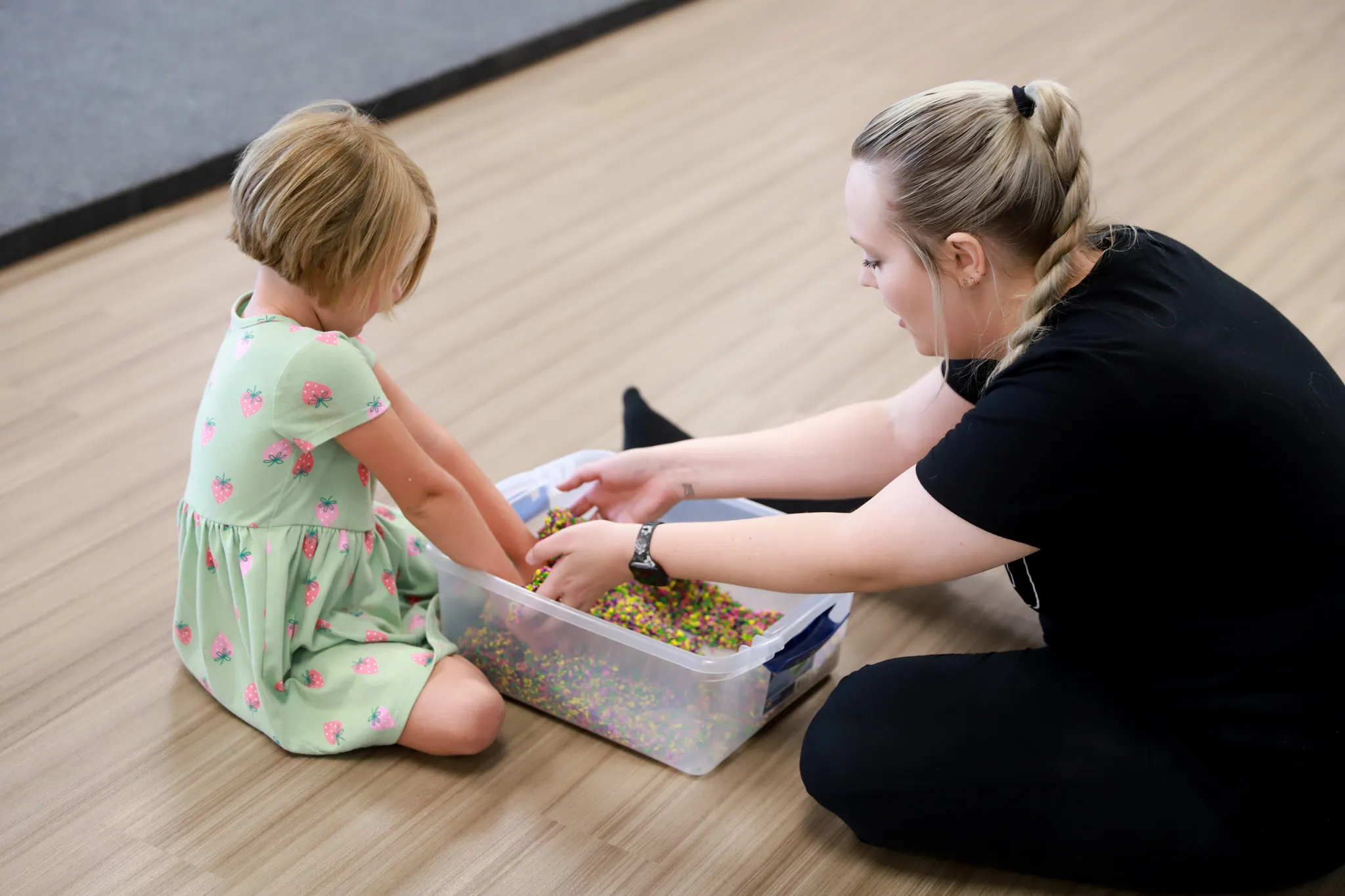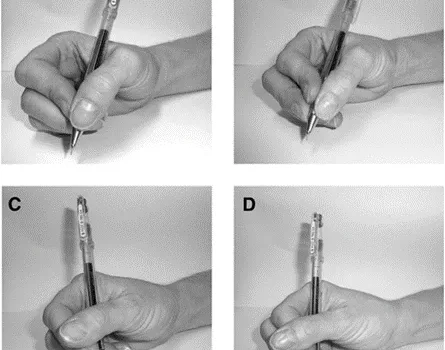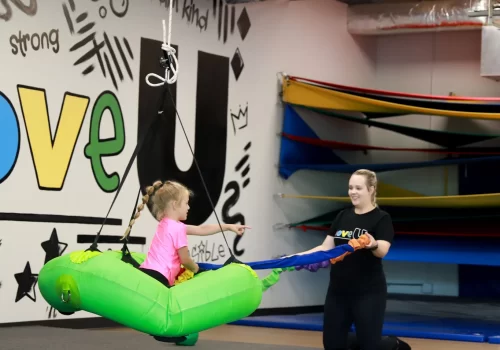Here at Move U we specialize in sensory processing challenges, which means we use a sensory-based approach for every treatment session. Of the many options that are out there, the OTs at Move U have gone the extra mile to gain training in a sensory-based therapy approach called DIR Floortime. DIR Floortime stands for Developmental capacities, Individual differences, and Relationships (ICDL). It is a relationship and strengths-based intervention method that emphasizes the importance of getting on a child’s level which means, just as the name suggests, getting on the floor to play and interact!
With this approach therapists, parents, and caregivers are encouraged to engage a child by joining in the activities they enjoy while following the child’s lead throughout the play interaction (ICDL). The goal of this is for adults to help children expand their “circles of communication” to build a strong relationship. Once that relationship or bond has developed, it is then that the adult can direct a child into more and more complex interactions that allow for greater gains towards occupational goals!
Originally, this approach was developed for working with children who have autism; however, research has shown that it is a great model for any child-adult relationship. For instance, several studies have shown this approach to therapy to be beneficial for children with developmental disabilities, sensory integration difficulties, behavioral challenges, neurological impairments, physical disabilities, and children with history of substance exposure (Sealy & Glovinsky, 2016; Wilkinson et al, 2019). There is also evidence to support this approach to therapy for adults with developmental disorders (Christian, 2011).
So, with all that said, why exactly does this all matter and how does can it benefit your child? DIR Floortime encourages appreciation and acceptance of who the child is and their strengths instead of only focusing on weaknesses to “fix”. With this approach, providers and parents are able to enhance a child’s internal motivation to participate in activities with the goal of generalizing this across various environments and situations. With increased motivation and participation comes quicker positive brain changes which then ultimately leads to increased developmental function and stronger child-adult relationships!
If you have any questions about DIR Floortime and how that would look with your child, reach out to us below!
References
- https://www.icdl.com/dir
- Christian, G (2011). A Person-Centered Approach to Problem Behavior: Using DIR®/Floortime with Adults Who Have Severe Developmental Delays. The NADD Bulletin, 2011, March/April, 14(2), 21-31.
- Kimberly Wilkinson, Julia Rossi, Louise Scott-Cole, Raleigh Silvia, Claire Allman, Alexis Kennedy, Sarah King, Jamie Langan, Stephanie Lasnicki, Alison Miller, Katarina Schutt, Hannah Wilcox; Outdoor Play in Pediatric OT Practice. Am J Occup TherAugust 2019, Vol. 73(4_Supplement_1), 7311515352P1. doi: https://doi.org/10.5014/ajot.2019.73S1-PO5020
- Sealy, J. and Glovinsky, I. P. (2016), Strengthening the Reflective Functioning Capacitiesof Parents Who have a Child with a Neurodevelopmental Disability through a Brief,Relationship-Focused Intervention. Infant Mental Health Journal. Doi: 10.1002/imhj.21557.



